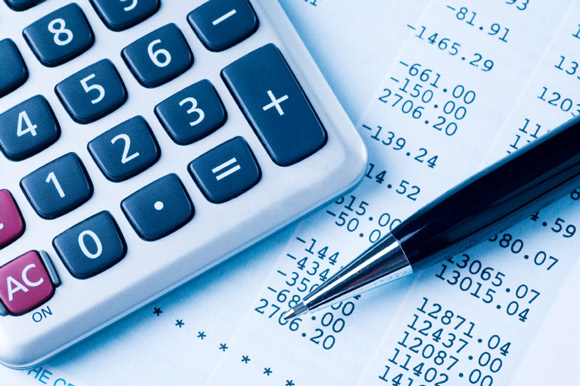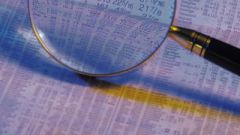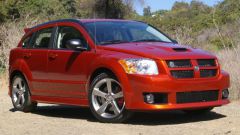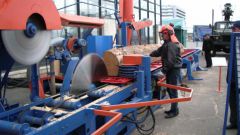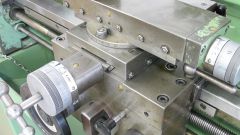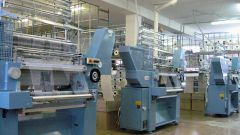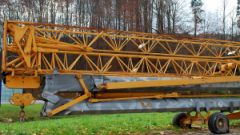Instruction
1
The period for which the property is capable of serving the purpose of the company, determined alone due to the Tax code, which reglamentary the assignment of property to a particular depreciation group, and taking into account the classification of fixed assets.
2
All depreciable property belongs to a particular depreciation group. All of these groups of ten. So to the first depreciation group belongs the short-lived assets with useful lives ranging from one year to two years. The second depreciation group includes assets, useful life of which 2-3 years, the third – 3-5 years, fourth – years 5-7, the fifth – 7-10 years, the sixth – 10-15 years, the seventh – 15-20 years, the eighth – 20-25 years, the ninth – 25-30 years, a tenth more than 30 years.
3
The useful life of the company can set after you enter a fixed asset into operation and after reconstruction, modernization, technical re-equipment, if there is an increase in this period. However, to increase the useful life is possible only within the limits established for the depreciation group.
4
For intangible assets the useful life is determined based on the period of validity of the patent or the license to use the object. If the useful life is measured in that way is not possible, then the norms of depreciation are set for a period of 10 years.
5
The list of assets that are included in each of the amortization groups is strictly regulated by law. For example, the fifth depreciation group consists of property: buildings, excluding residential, the site of production coatings, heat mains, photographic equipment etc.
6
If the asset does not belong to any of the depreciation groups, the term of useful use it is defined on the basis of the technical conditions or recommendations of the manufacturer.
